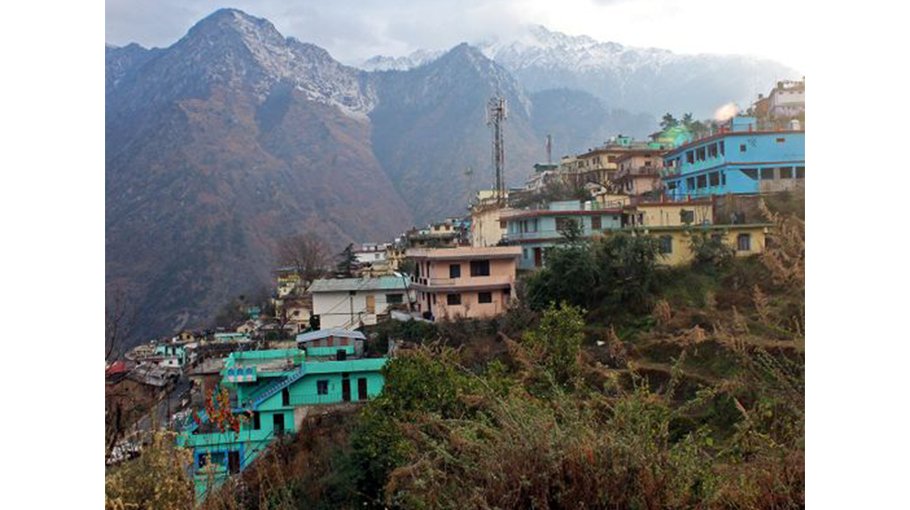India’s famed Himalayan town of Joshimath is sinking
It cannot be business as usual. The government needs to act fast before it is too late

Are India’s hill stations a disaster waiting to happen? The alarm has sounded as a town in the state of Uttarakhand town faces the danger of literally collapsing under its own weight, with experts warning that other hill stations could face the same fate. And we have only ourselves to blame.
This past week, frightening images of cracks in the homes of the residents of Joshimath in Uttarakhand have made national headlines. These cracks have got bigger and bigger, threatening their very existence.
Hundreds of buildings are affected and many of these will be manually dismantled by the local administration as the danger of collapse is now very real. In other words, Joshimath is sinking. The authorities have declared it a landslide and subsidence-hit zone.
Experts say there are multiple factors behind this. Unplanned, haphazard construction, over-population, the obstruction of the natural flow of water as well as hydel power projects have all lead to today’s crisis. The fact that this is also a highly earthquake prone area has only added to the problems.
Among the major projects which have made an already fragile ecosystem worse are the NTPC’s Tapovan-Vishnugad hydro power project, the Char Dham road project and the Helang bypass by the Border Roads Organisation. Despite warnings by experts over the years, these projects have gone ahead without any caution.
Everything has stopped now only because the situation has reached such a critical point. Over the years, indiscriminate construction has caused more problems. These are mostly hotels and guest houses for tourists and pilgrims.
This past week, frightening images of cracks in the homes of the residents
of Joshimath in Uttarakhand have made national headlines. These cracks
have got bigger and bigger, threatening their very existence
OPN Joshimath
The famous Joshimath town has been declared a disaster-prone area after large cracks appeared in homes and on roads
The crisis in Joshimath is a glaring example of how unplanned development was done without considering the environmental costs. And the warnings go back decades.
No one listened
There was the Mishra Committee report of 1976 which warned against construction activity in the area saying, “Joshimath is a deposit of sand and stone — it is not the main rock — hence it was not suitable for a township. Vibrations produced by blasting, heavy traffic, etc., will lead to a disequilibrium in the natural factors”. No one listened.
Subsequently, many experts over the years repeated these warnings, including the Geological Survey of India and the Uttarakhand State Disaster Management Authority. No one listened.
The current crisis came to the fore in February 2021, when Joshimath was struck by a deluge in the Rishiganga and Dhauliganga rivers. Experts say this triggered the cracks we are seeing today. A few months later, there was a very heavy downpour which further exacerbated the situation.
Other towns face same fate
For the last few months, local residents were pleading with authorities to intervene which fell on deaf ears. Until now, when the situation has come to a pass.
Social worker Anoop Nautiyal has warned that other towns in the state like Dharchula and Munsiyari in the Pithoragarh district, Karanprayag in the Chamoli district and Bhatwari in the Uttarkashi district may all face the same fate unless urgent survival measures are taken now.
Cracks have already been seen in Karanprayag a few days ago. The popular tourist destination of Nainital may also be in trouble.
It cannot be business as usual now. The government needs to act fast. Before it’s too late.
Nidhi Razdan is an award-winning Indian journalist. She is a Consulting Editor with NDTV and has extensively reported on politics and diplomacy.
Source: Gulf News



